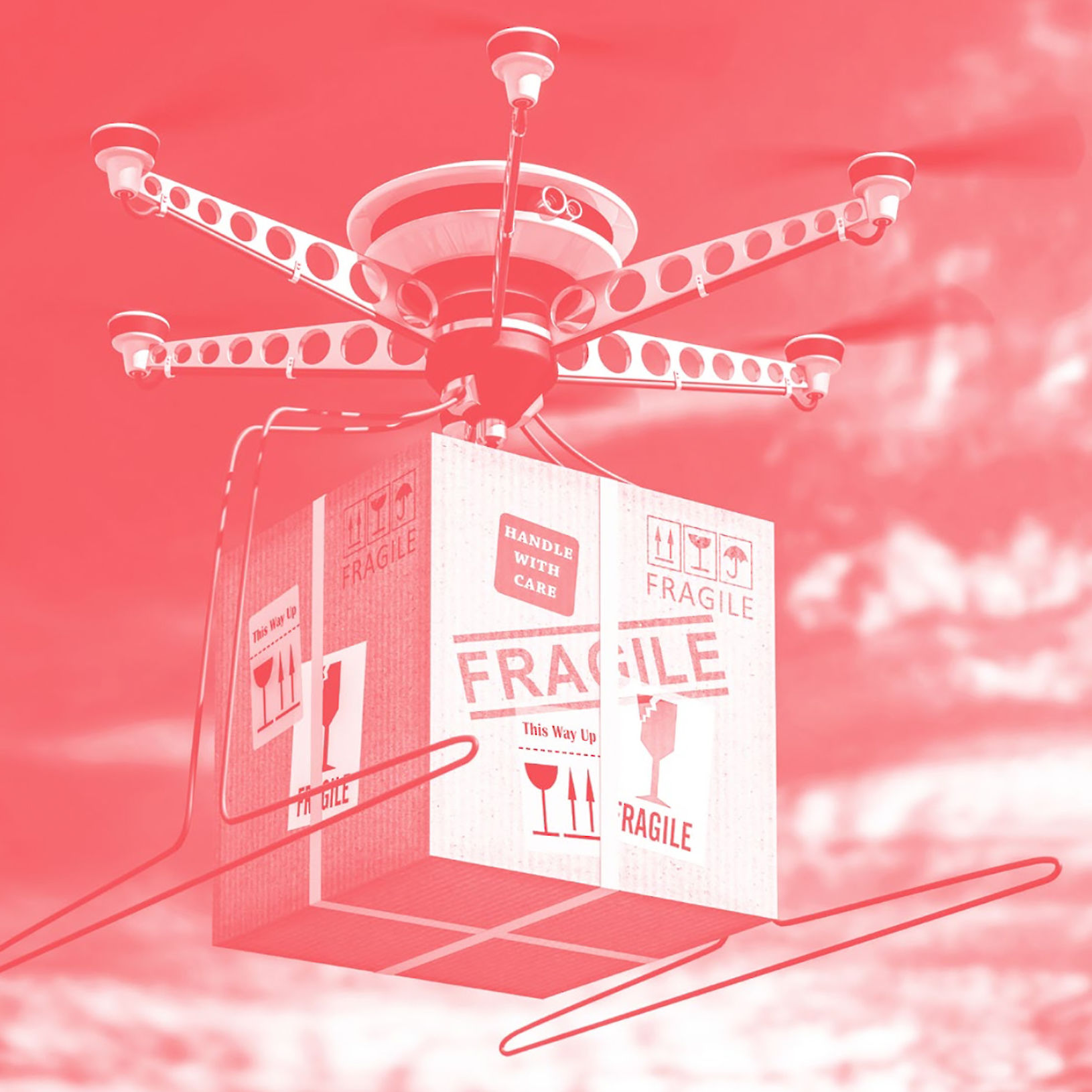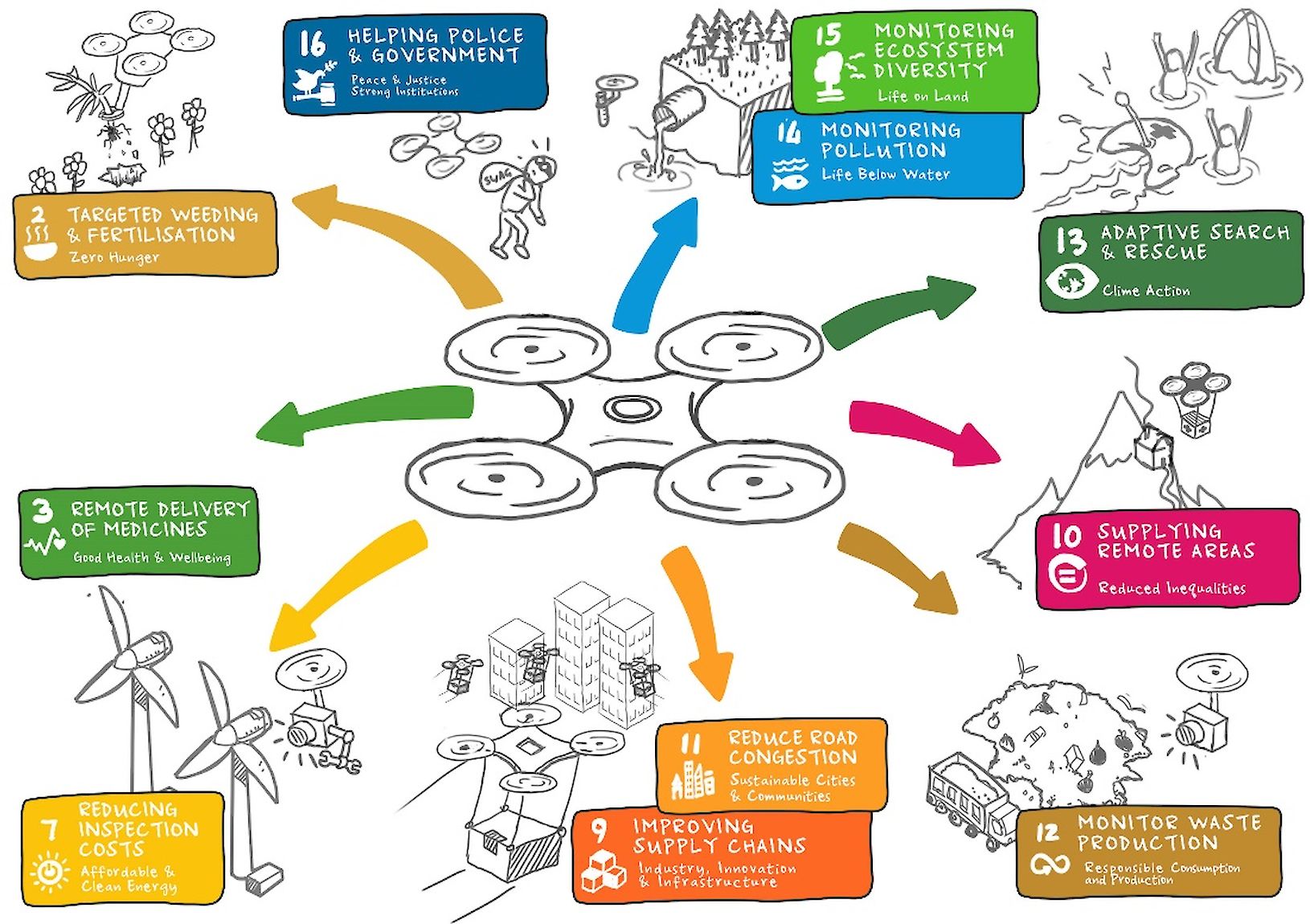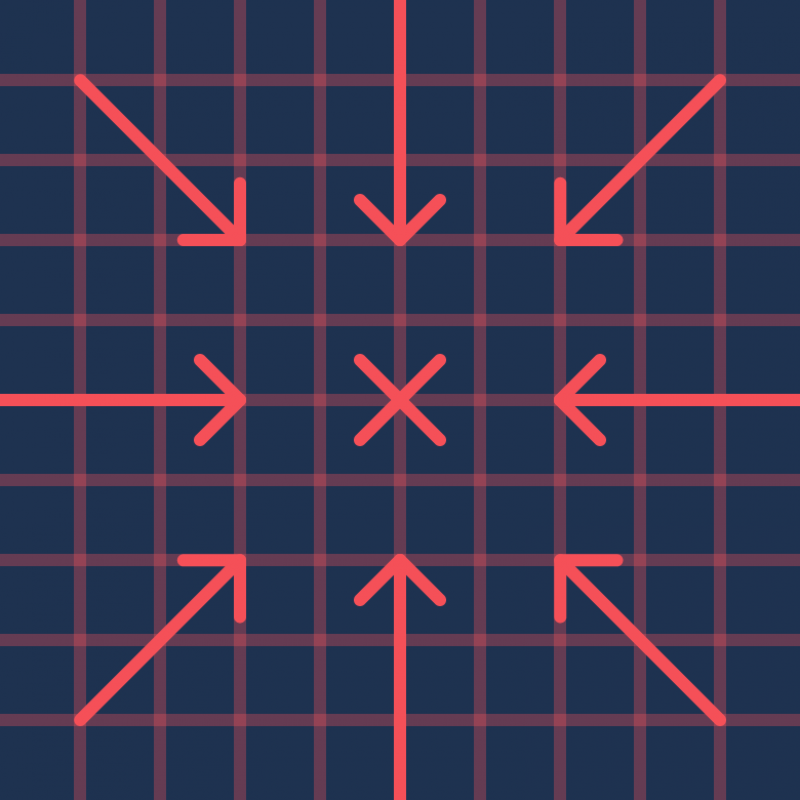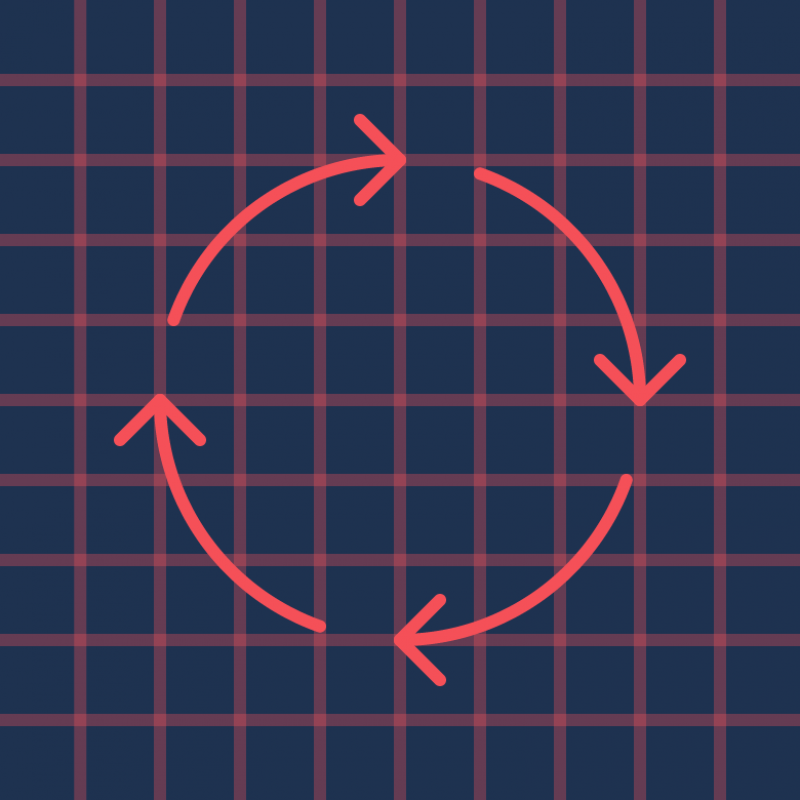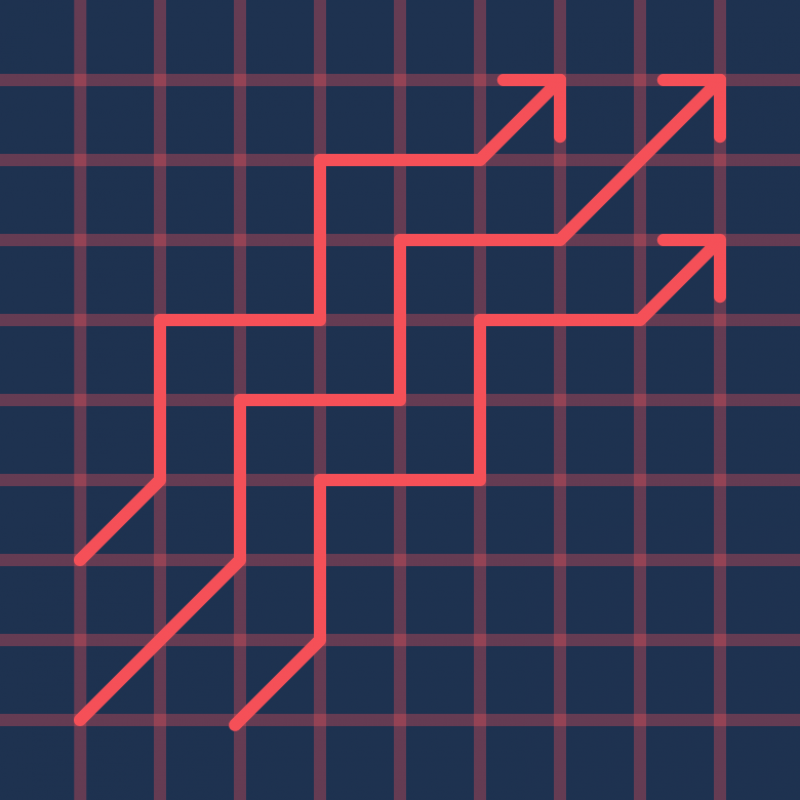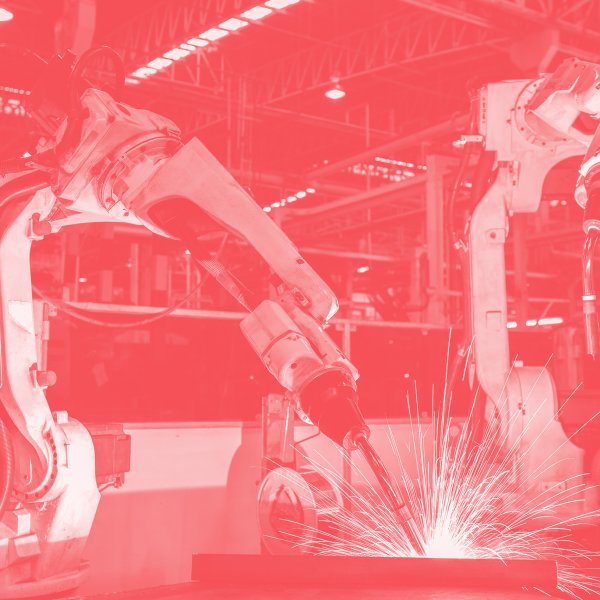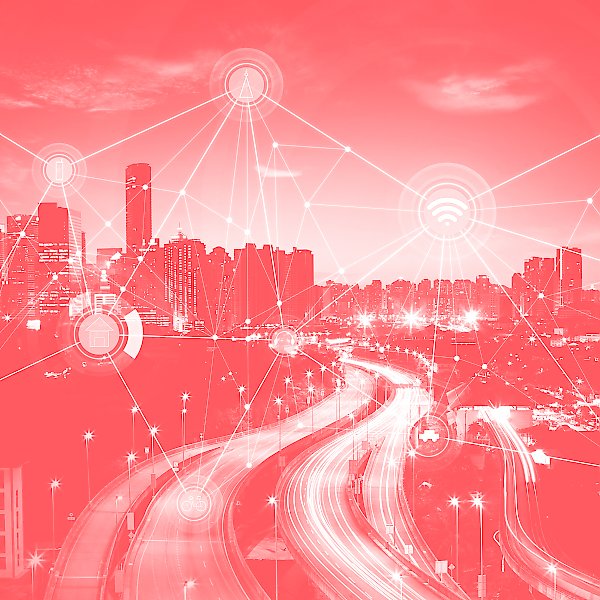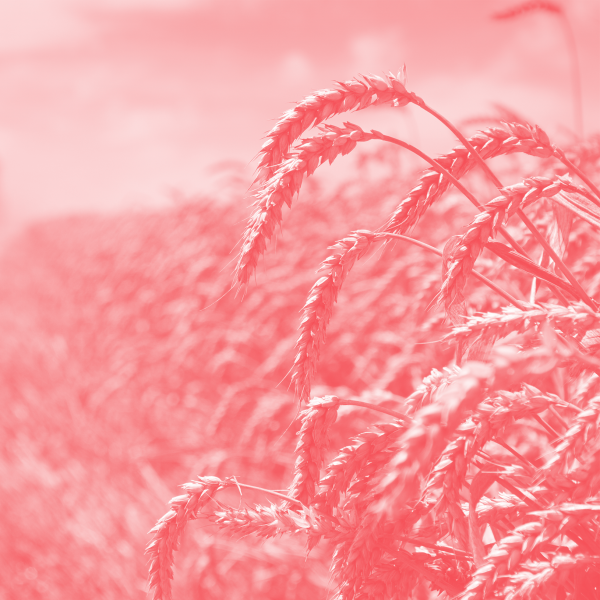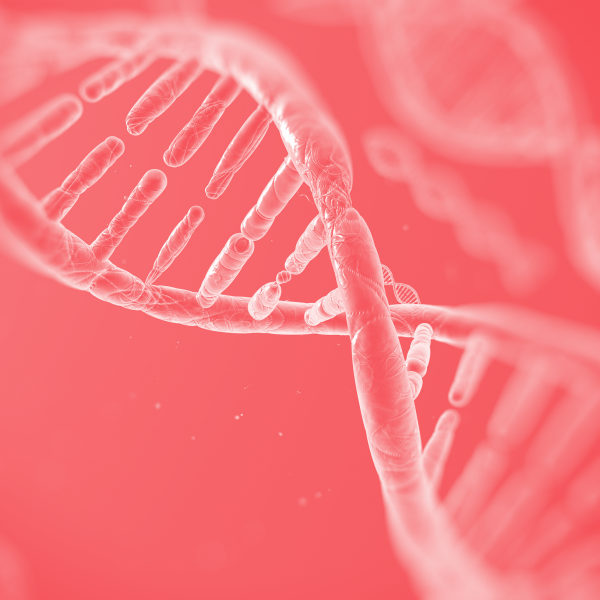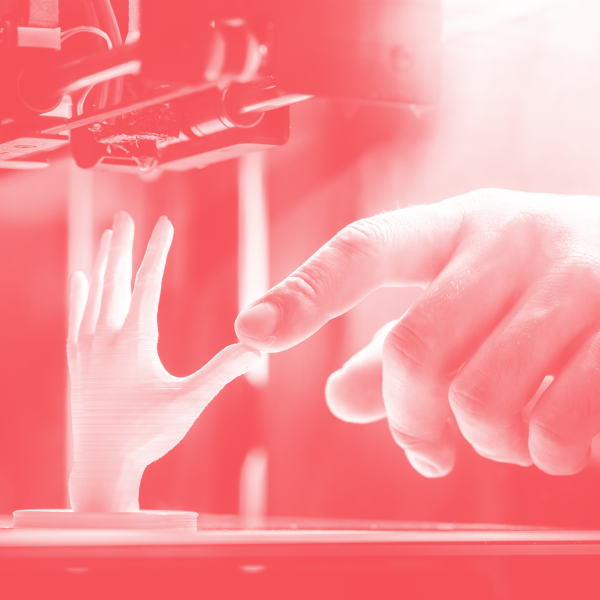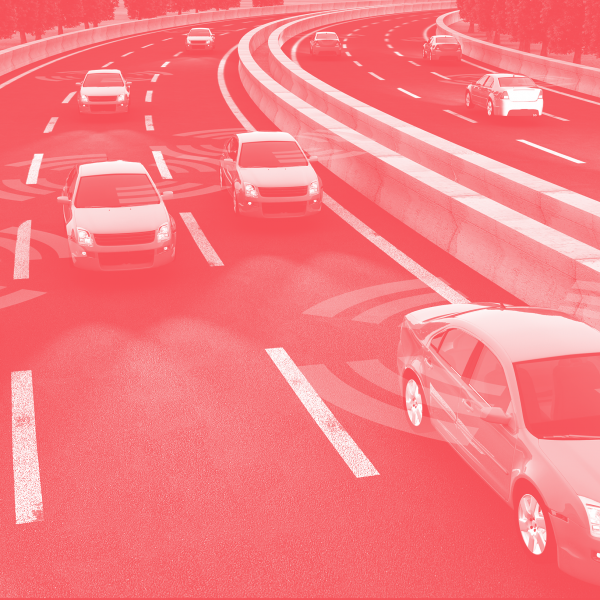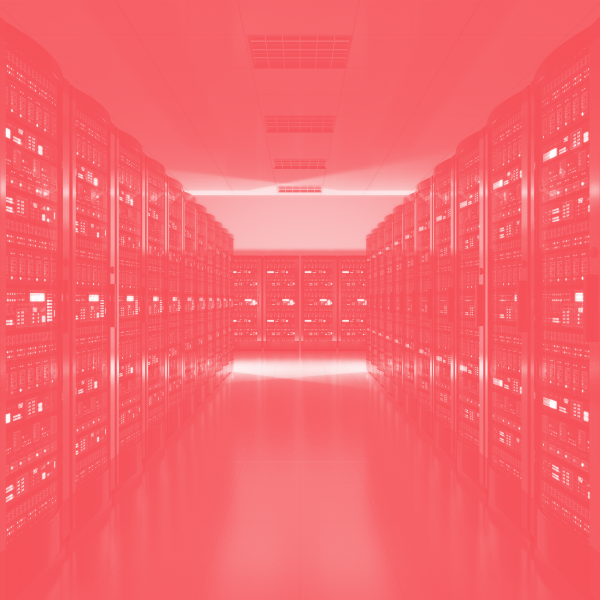The technology
UAS technologies are not new but their integration into a commercially viable system has provided real transformation in the tasks they can perform.
Technologies include the use of sensors to monitor the environment and collect data, as well as autopilots and flight stabilization software that simplify remote-controlled flight. They also use software algorithms to interpret the data and plan autonomous flight.
The potential
UAS can be used in a range of applications including delivery, inspection, farming, surveillance, monitoring, search and rescue, filming, logistics, law enforcement and photography. Their potential to fly in conditions that humans can't (or won't!), their ability to travel further without human intervention, and the lowering in costs resulting from these factors means there are a multitude of potential applications to consider.
The barriers
Widespread adoption is being limited by safety and security concerns, such UAS being used illegally or recklessly. With reports of drugs being flown across borders and into prisons, as well as the already acknowledged concerns over air traffic incidents, responses to challenges like these will need to be developed and implemented before the technology can go truly mainstream.
